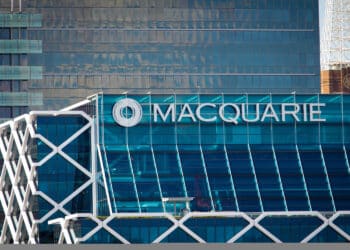Nikko AM is a global asset management firm and its fixed income team has made a case for a rates cut given current inflation metrics, the housing situation and the situation over in China.
Chris Rands, a portfolio manager at Nikko AM, said that the base case for the cut came from the RBA moving from its original position.
“The data says to me the chances of a cut this year are above 50 per cent and that’s what the market has been adjusting to. We had been expecting the RBA to be a bit more dovish than they were previously,” he said.
Mr Rands said one of the headline targets for a rate cut was the inflation rate which was currently at 1.8 per cent and below the RBA target.
“They’ve been below that target now for essentially four years. It dropped below in 2014 and its really been down 2 per cent since,” he said.
It was originally seen as a blimp and that inflation would come back said Mr Rands but increasingly it has proven to not be.
“Our view on this is being that we are seeing more structural problems in inflation and if you look across the world at the moment, you’re seeing signs globally that inflation is weak,” he said.
Mr Rands did not expect inflation in 2019 to rise given that the housing and transportation components of inflation were both low.
“The RBA has acknowledged this and they’re forecasting a low 1 percent inflation rate to start this year,” he said.
However, given the proportion of inflation that these two factors accounted for, Mr Rands said there was no evidence that the rest of the index would be higher.
“One-third of the inflation index is going to be growing around 1 per cent and you have to think where the rest of the inflation is going to come from. We are not seeing any huge inflation sources in Australia or around the world,” he said.
Mr Rands told Investor Daily that the RBA has typically operated off the Phillips Curve model that says low unemployment equals wages growth and therefore inflation.
“RBA operates off the assumption that inflation rises because unemployment is low. Their perspective is that model is still working, we just need to get employment down a little bit further and those inflation pressures will come back,” he said.
Mr Rands suggests that potentially that model doesn’t hold up anymore and that the RBA may need to come back to a more balanced view.
“The RBA is starting from the perspective that this is the world we live in when employment does this, this happens. We are asking does that hold?
“Apart from the 70s and 80s it’s questionable if that model holds and economists are starting to figure that out,” he said.
Mr Rands said the chances of a cut were above 50 per cent and that the market was already adjusting to that view.
“This is going to be important for the economy because it’s going to allow people to read the economic situation without a bias sitting in the back of their minds from the RBA,” he said.







